Formaldehyde is a chemical compound commonly used in the production of crib mattresses to make them more durable and resistant to wear and tear. However, this chemical is known to be toxic and can cause serious health issues, especially in infants. Formaldehyde is a volatile organic compound (VOC) that can be released into the air and inhaled, causing respiratory problems such as coughing and wheezing. It has also been linked to skin irritation and allergic reactions in babies. When shopping for a crib mattress, it is important to check the materials used and opt for those that are formaldehyde-free. Look for mattresses made with natural materials such as organic cotton, wool, or natural latex, which are not treated with formaldehyde during production.1. Formaldehyde in Crib Mattresses
Flame retardants are chemicals added to crib mattresses to make them less flammable. While this may seem like a safety precaution, these chemicals are highly toxic and have been linked to various health issues, including developmental delays, hormonal imbalances, and even cancer. The most commonly used flame retardants in crib mattresses are polybrominated diphenyl ethers (PBDEs) and chlorinated tris. These chemicals can leach out of the mattress and into the air or be absorbed through the skin, making them especially dangerous for babies who spend a lot of time in close contact with their mattresses.2. Flame Retardants in Crib Mattresses
Phthalates are a group of chemicals used to make plastics more flexible and durable. They are often found in crib mattresses in the form of plasticizers, which are used to make the vinyl covers of mattresses softer and more waterproof. However, phthalates have been linked to a variety of health issues, including respiratory problems, hormonal disruptions, and reproductive issues. When purchasing a crib mattress, look for those that are labeled as phthalate-free or made with natural materials such as organic cotton or wool, which do not contain these harmful chemicals.3. Phthalates in Crib Mattresses
Polyurethane foam is a common material used in crib mattresses for its soft and cushiony feel. However, this foam is made with chemicals such as toluene diisocyanate (TDI) and polyols, which can emit VOCs and cause respiratory issues and skin irritation in babies. Polyurethane foam can also break down over time, releasing more chemicals into the air. Instead of opting for a crib mattress made with polyurethane foam, choose one that is made with natural materials such as organic cotton, wool, or natural latex, which are not treated with harmful chemicals.4. Polyurethane Foam in Crib Mattresses
In addition to the specific chemicals mentioned above, crib mattresses can also contain a variety of other harmful VOCs, including benzene, formaldehyde, and toluene. These chemicals can be released into the air and inhaled, causing respiratory problems and other health issues in babies. When purchasing a crib mattress, look for those that are certified as low in VOCs or made with natural materials that do not contain these harmful chemicals.5. Volatile Organic Compounds (VOCs) in Crib Mattresses
Antimony is a naturally occurring metal that is often used in the production of crib mattresses to make them more resistant to wear and tear. However, this metal has been linked to health issues such as lung and heart problems, and can also be toxic if ingested. When choosing a crib mattress, opt for those made with natural materials such as organic cotton, wool, or natural latex, which do not contain antimony.6. Antimony in Crib Mattresses
Lead is a toxic metal that can be found in crib mattresses in small amounts. While these amounts may be considered safe for adults, they can be harmful to babies who are more susceptible to its effects. Lead can cause developmental delays, behavioral issues, and even brain damage in infants. When purchasing a crib mattress, make sure to choose one that is certified as lead-free or made with natural materials that do not contain any lead.7. Lead in Crib Mattresses
Arsenic is a naturally occurring metal that can be found in small amounts in some crib mattresses. While these amounts may be considered safe for adults, they can be harmful to babies, causing developmental delays and even cancer. Arsenic can also leach out of the mattress and into the air, making it especially dangerous for infants who spend a lot of time in close contact with their mattresses. Choose a crib mattress that is certified as arsenic-free or made with natural materials that do not contain any arsenic.8. Arsenic in Crib Mattresses
Conventional cotton, which is commonly used in the production of crib mattresses, is heavily treated with pesticides. These pesticides can be toxic and have been linked to health issues such as respiratory problems and even cancer. In addition, these chemicals can also be absorbed through the skin or inhaled, making them especially harmful for babies. When purchasing a crib mattress, choose one that is made with organic cotton, which is grown without the use of harmful pesticides.9. Pesticides in Crib Mattresses
BPA (bisphenol A) is a chemical used in the production of plastics, including those used in crib mattresses. It has been linked to a variety of health issues, including hormonal imbalances, developmental delays, and even cancer. BPA can leach out of the mattress and into the air or be absorbed through the skin, making it especially dangerous for babies who spend a lot of time in close contact with their mattresses. Opt for a crib mattress made with BPA-free materials, such as organic cotton or natural latex, to avoid exposure to this harmful chemical. In conclusion, it is important to carefully consider the materials used in crib mattresses to ensure that they are free from toxic chemicals. By choosing mattresses made with natural and organic materials, you can provide a safer and healthier sleeping environment for your baby.10. BPA in Crib Mattresses
The Dangers of Toxic Chemicals in Crib Mattresses

Why Are Crib Mattresses a Concern?
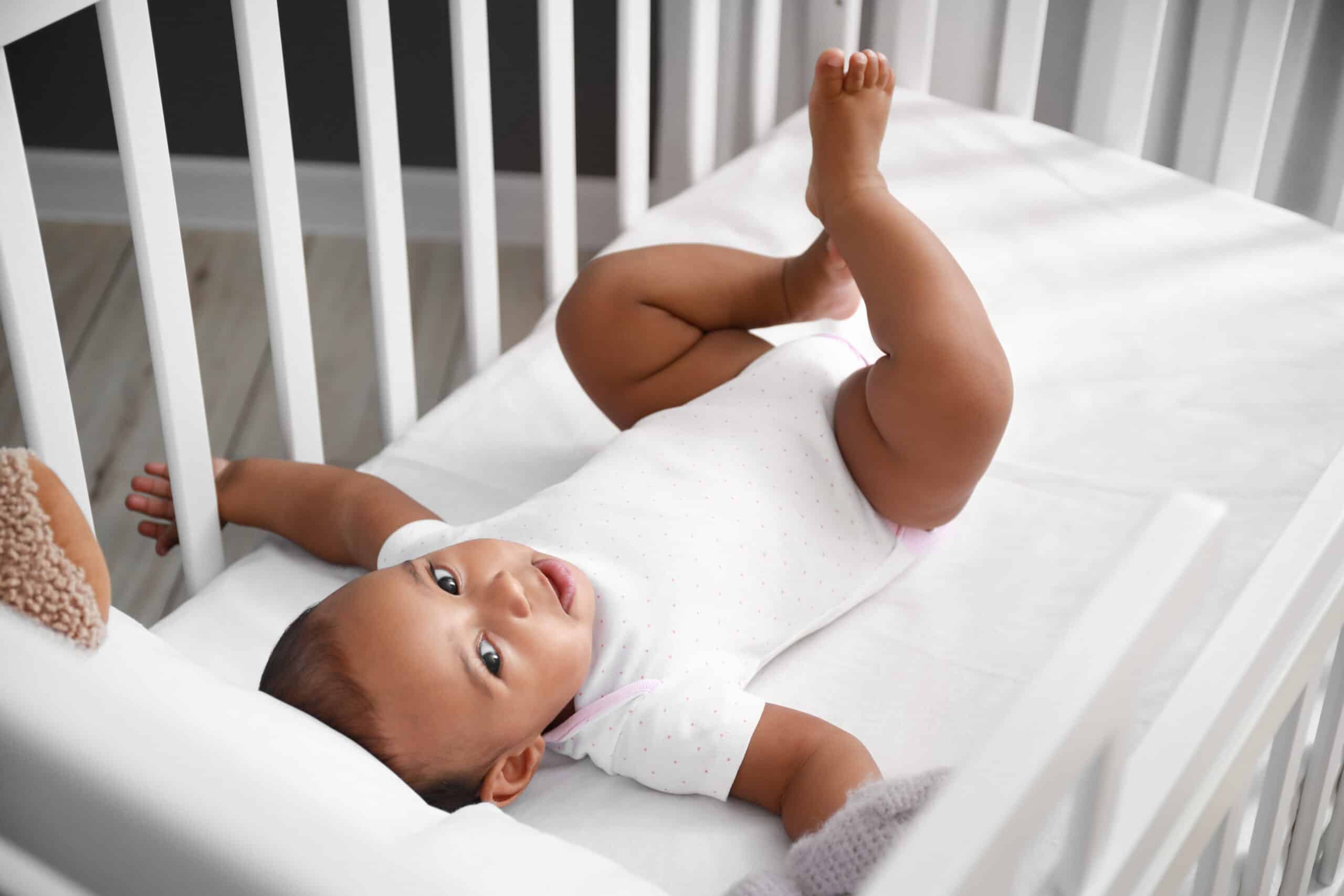 When designing a nursery for your little one, you want to create a safe and healthy environment for them to grow and thrive. However, many parents are unaware of the potential dangers that could be lurking in their baby's crib. One of the major concerns is the use of toxic chemicals in crib mattresses, which can have a negative impact on your baby's health.
When designing a nursery for your little one, you want to create a safe and healthy environment for them to grow and thrive. However, many parents are unaware of the potential dangers that could be lurking in their baby's crib. One of the major concerns is the use of toxic chemicals in crib mattresses, which can have a negative impact on your baby's health.
The Truth About Flame Retardants
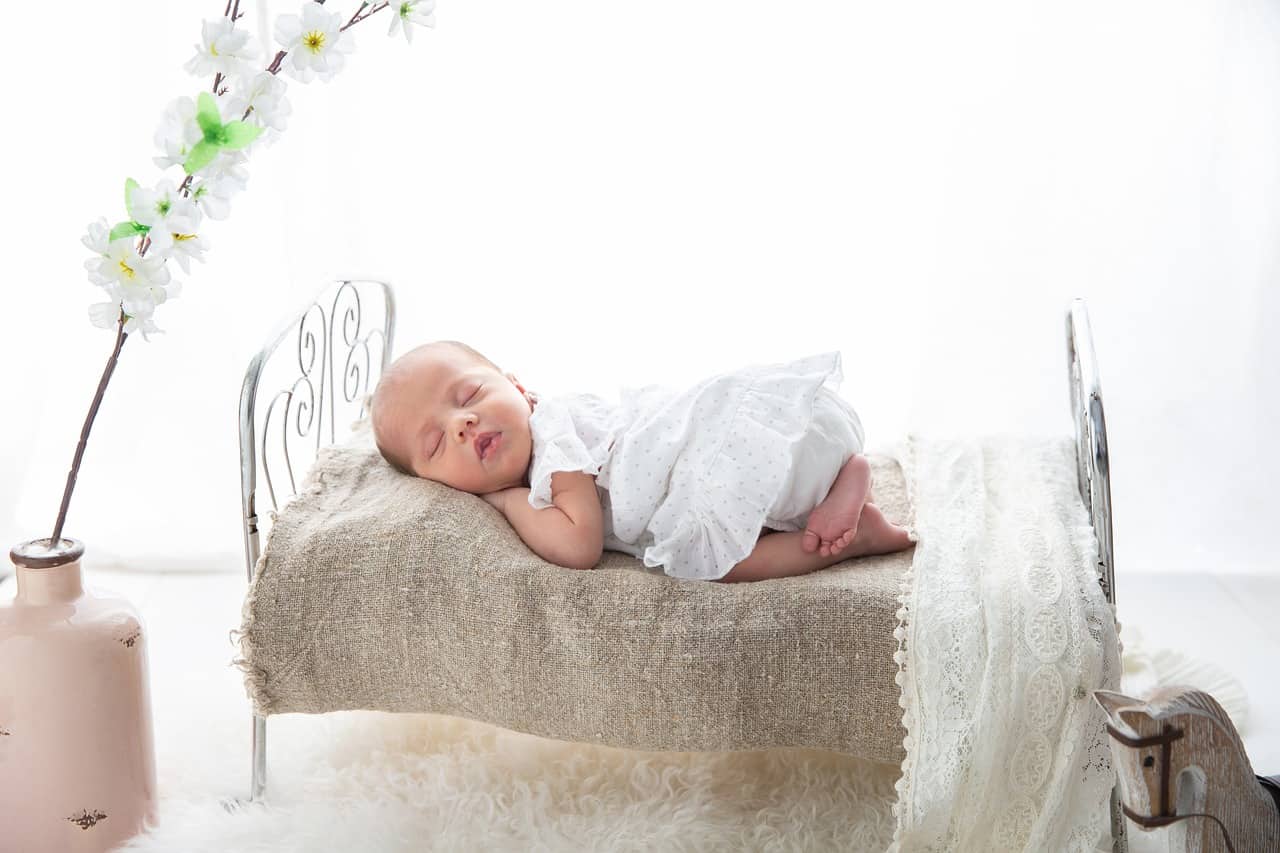 One of the main culprits in crib mattresses is the use of flame retardants. These chemicals are added to mattresses to prevent them from catching fire, but they can also have harmful effects on your baby's health.
Studies have shown that flame retardants can disrupt the endocrine system, leading to developmental and neurological issues in children.
These chemicals have also been linked to respiratory problems, and even cancer.
One of the main culprits in crib mattresses is the use of flame retardants. These chemicals are added to mattresses to prevent them from catching fire, but they can also have harmful effects on your baby's health.
Studies have shown that flame retardants can disrupt the endocrine system, leading to developmental and neurological issues in children.
These chemicals have also been linked to respiratory problems, and even cancer.
Potential Health Risks for Your Baby
 Babies spend a significant amount of time in their cribs, making them more susceptible to the potential health risks associated with toxic chemicals in crib mattresses.
Some common health issues that have been linked to these chemicals include asthma, allergies, and skin irritations.
In addition,
the off-gassing of these chemicals can also contribute to poor indoor air quality, which can lead to long-term health problems for your baby.
Babies spend a significant amount of time in their cribs, making them more susceptible to the potential health risks associated with toxic chemicals in crib mattresses.
Some common health issues that have been linked to these chemicals include asthma, allergies, and skin irritations.
In addition,
the off-gassing of these chemicals can also contribute to poor indoor air quality, which can lead to long-term health problems for your baby.
How to Choose a Safe Crib Mattress
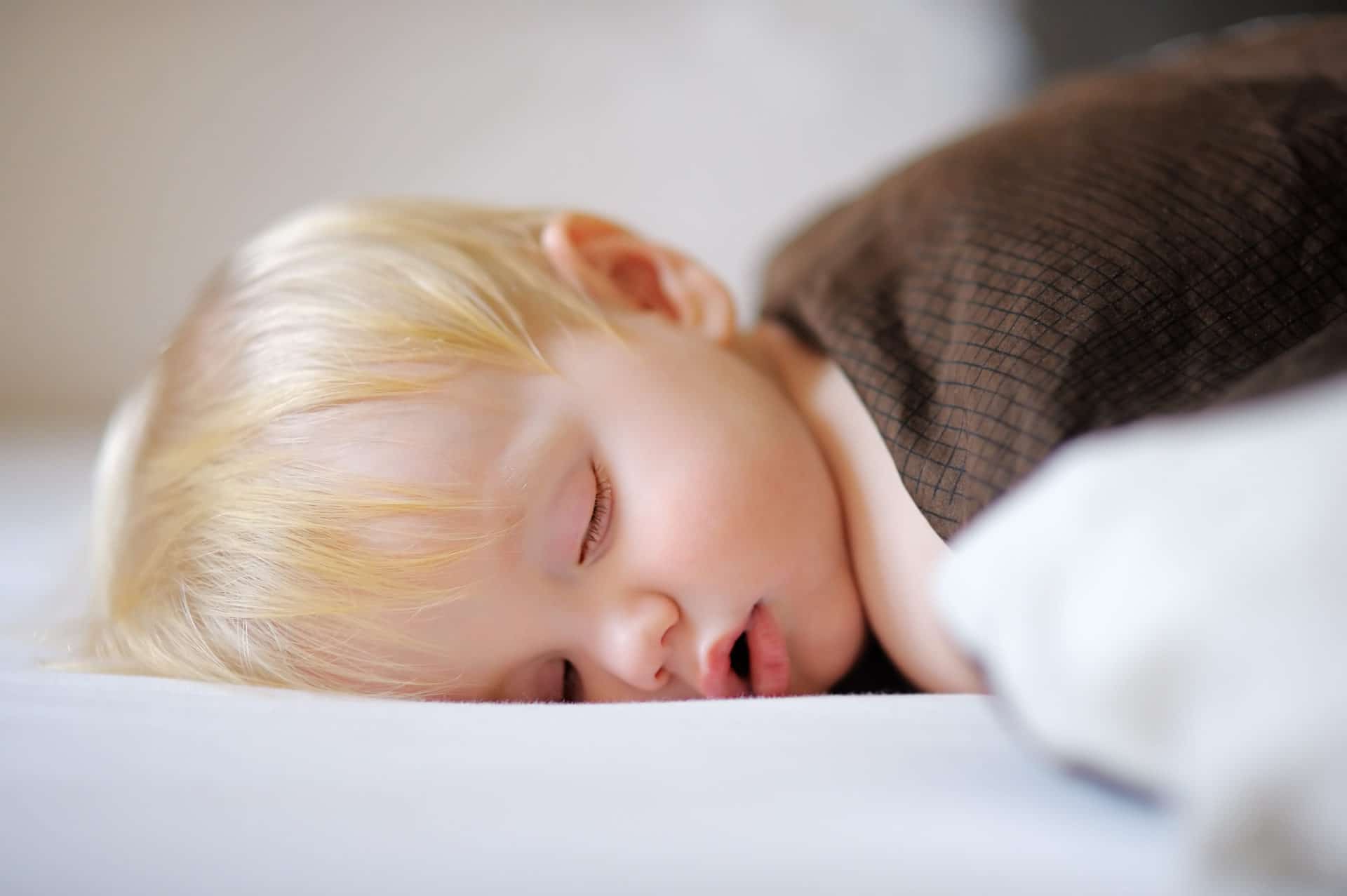 When designing your baby's nursery, it's important to choose a crib mattress that is free from harmful chemicals. Look for
mattresses that are labeled as "organic" or "natural,"
as these have been tested and certified to be free from toxic chemicals.
It's also important to read the labels and avoid mattresses that contain flame retardants or other harmful substances.
Additionally, consider opting for a mattress made from natural materials such as organic cotton or wool.
When designing your baby's nursery, it's important to choose a crib mattress that is free from harmful chemicals. Look for
mattresses that are labeled as "organic" or "natural,"
as these have been tested and certified to be free from toxic chemicals.
It's also important to read the labels and avoid mattresses that contain flame retardants or other harmful substances.
Additionally, consider opting for a mattress made from natural materials such as organic cotton or wool.
Conclusion
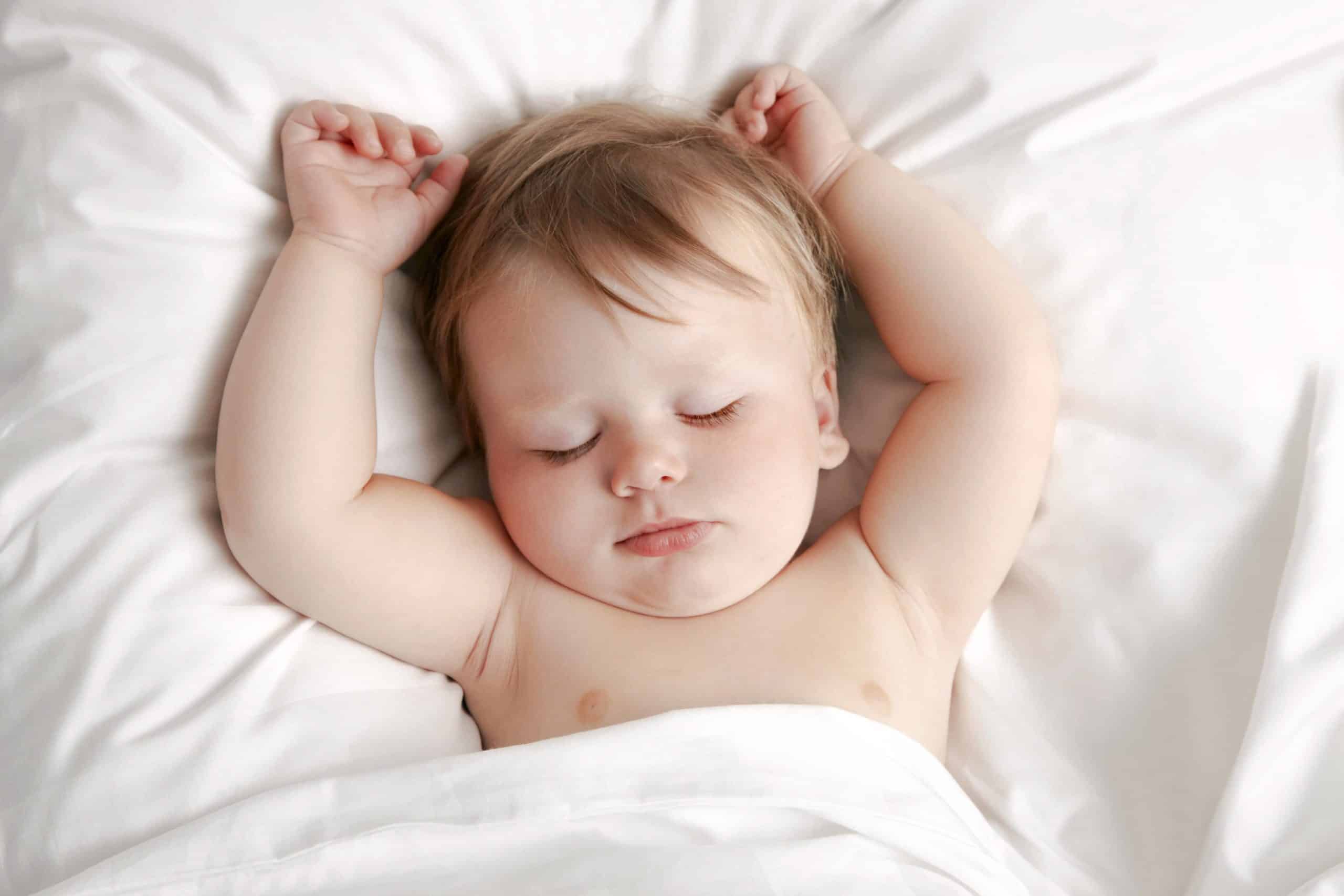 In conclusion, when designing your baby's nursery, it's important to pay attention to the type of crib mattress you choose.
Choosing a mattress that is free from toxic chemicals is crucial for your baby's health and well-being.
By being aware of the potential dangers and opting for safe, natural alternatives, you can create a healthy and happy environment for your little one to sleep and grow in.
In conclusion, when designing your baby's nursery, it's important to pay attention to the type of crib mattress you choose.
Choosing a mattress that is free from toxic chemicals is crucial for your baby's health and well-being.
By being aware of the potential dangers and opting for safe, natural alternatives, you can create a healthy and happy environment for your little one to sleep and grow in.
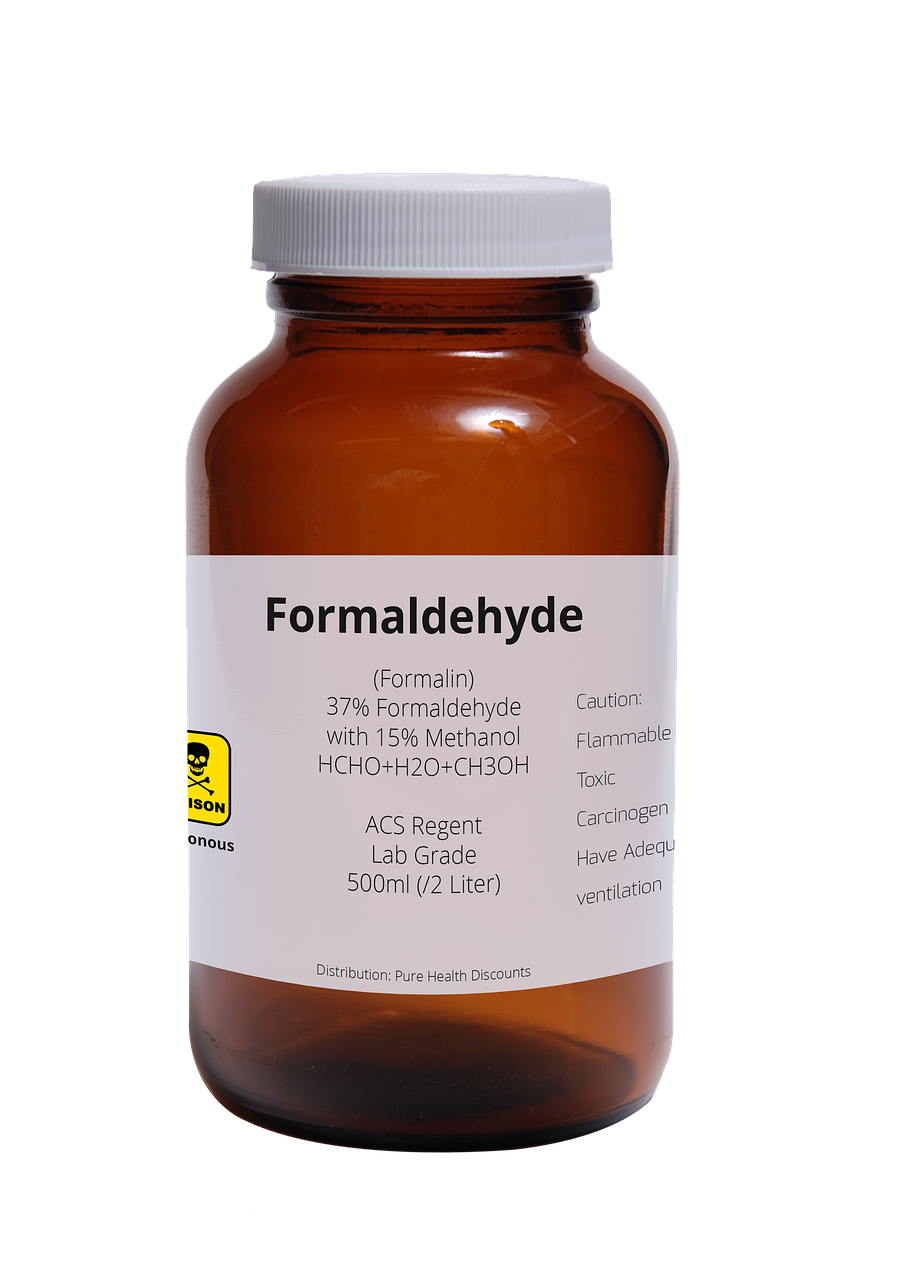
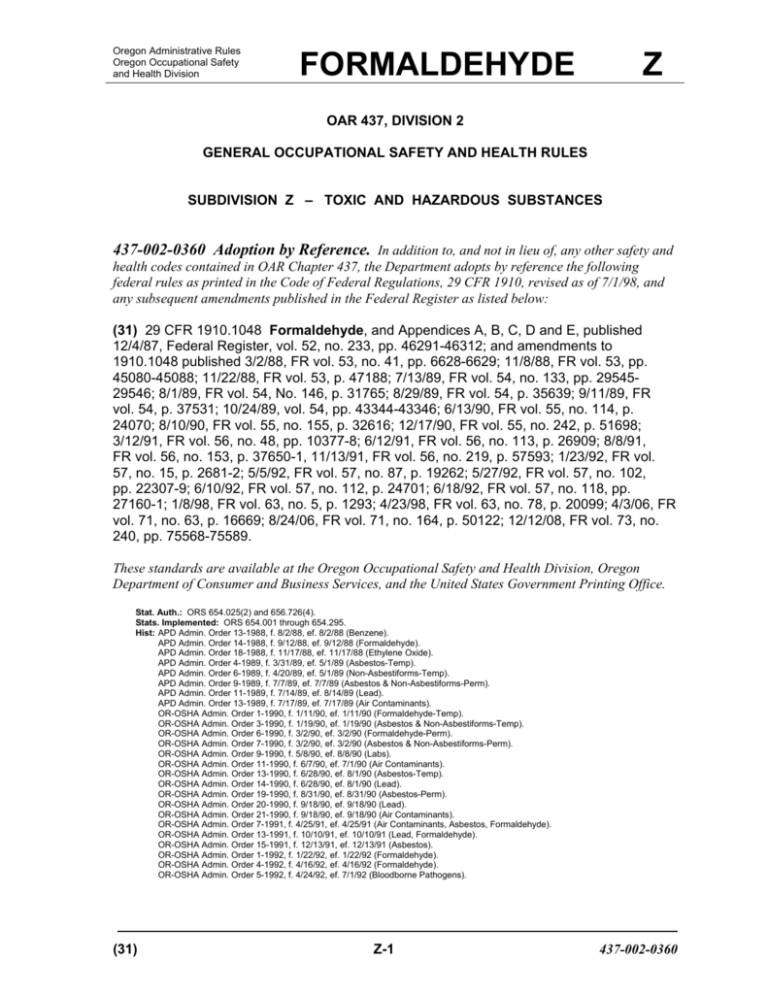


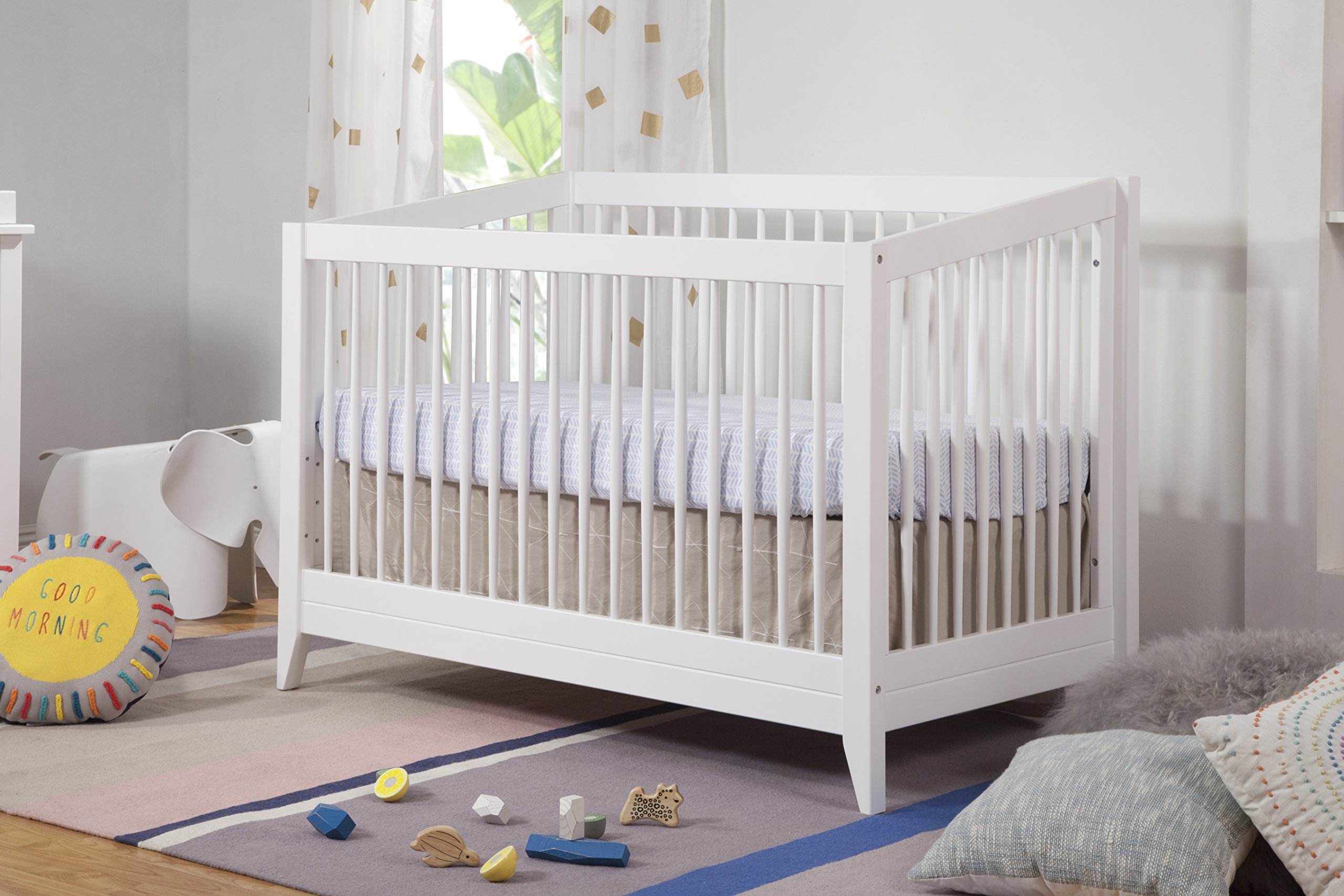
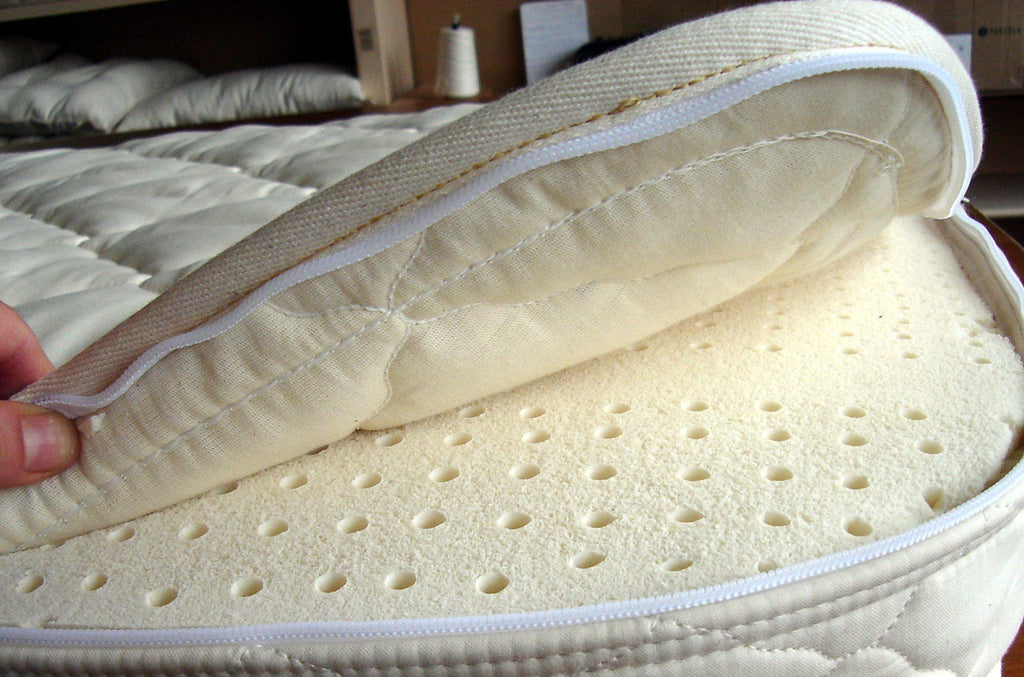


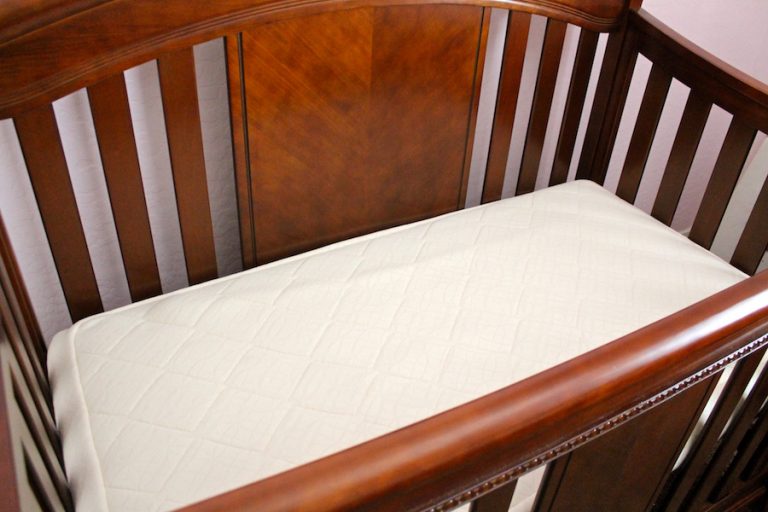






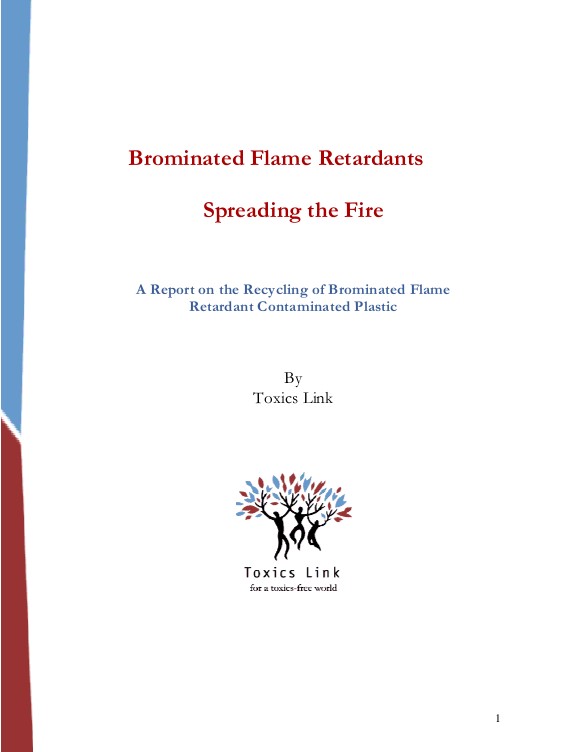






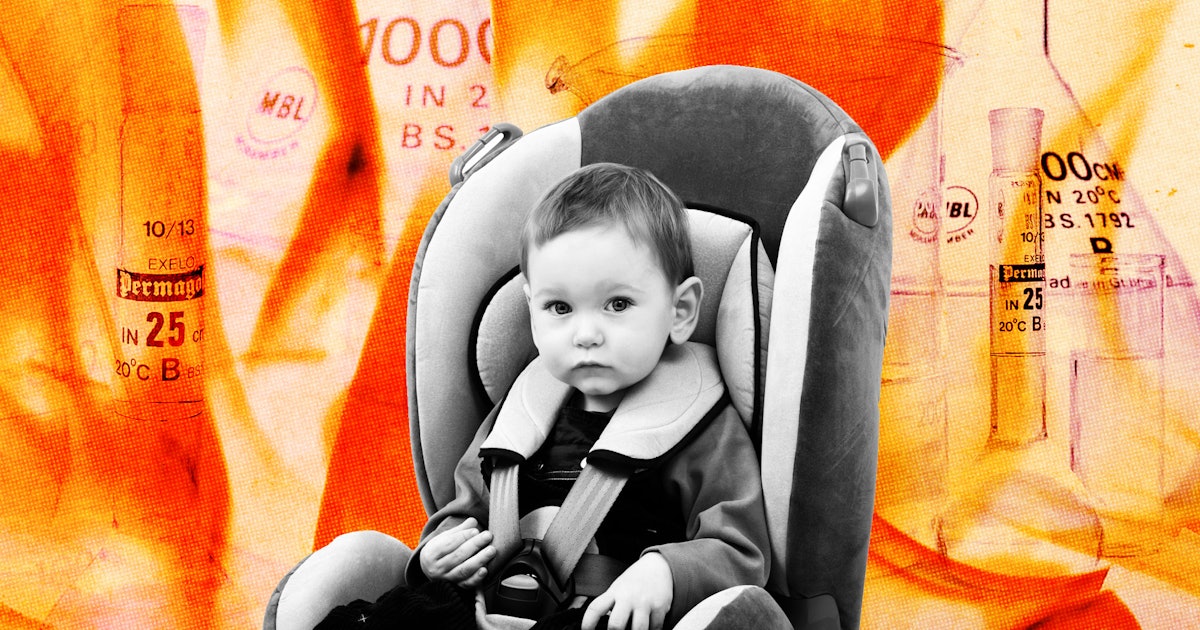
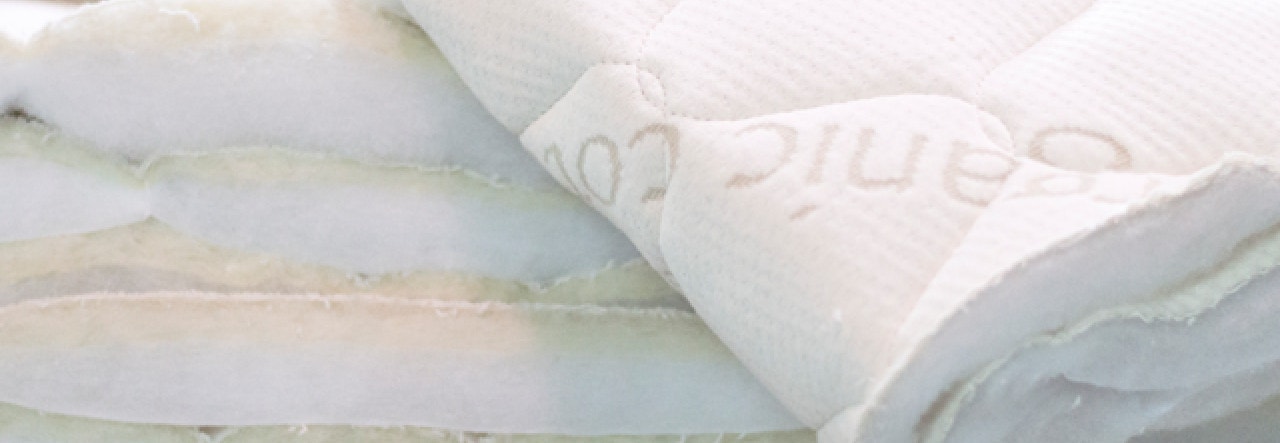

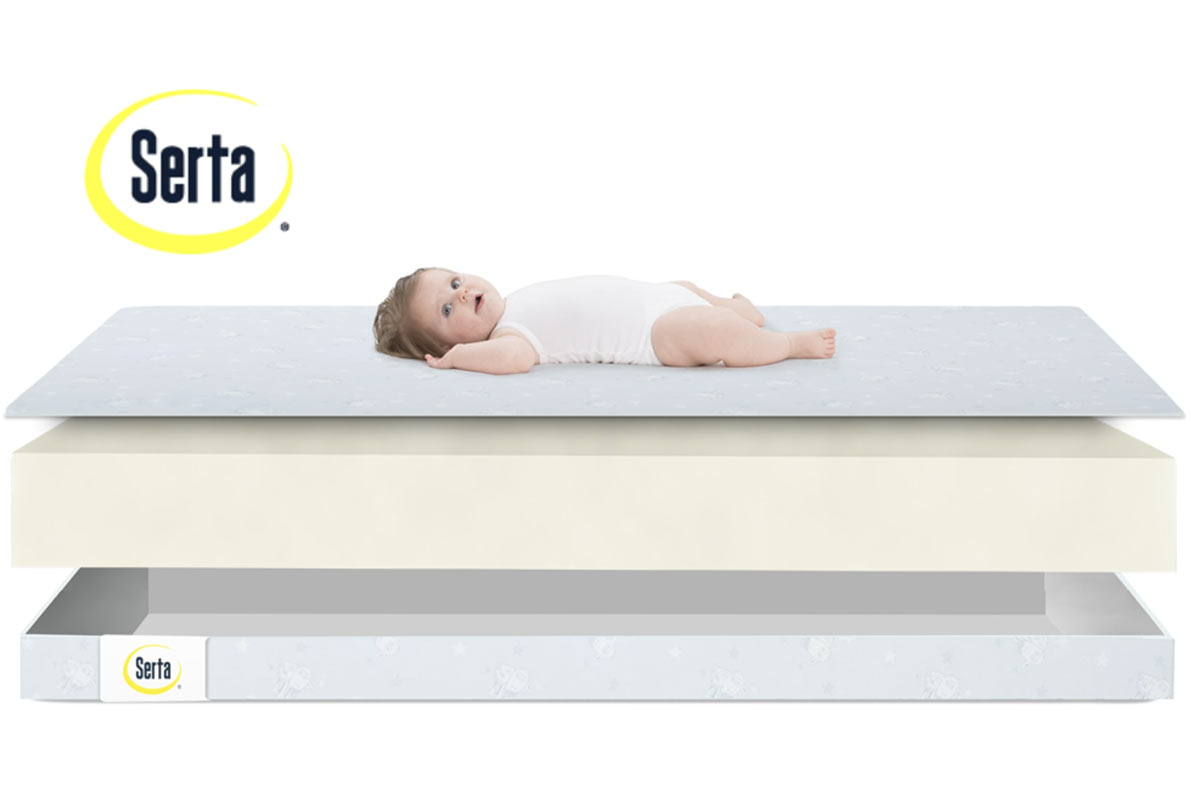











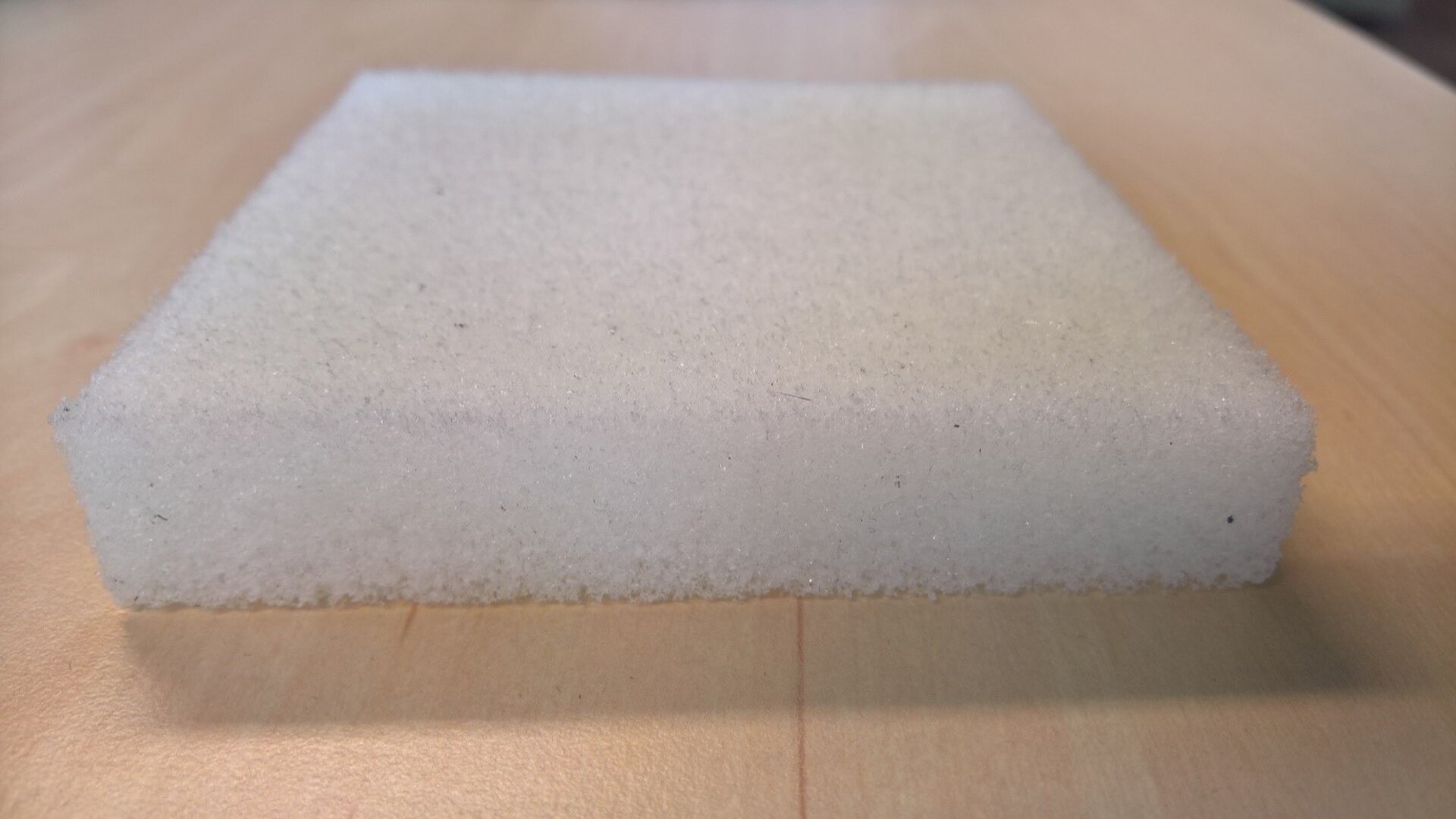


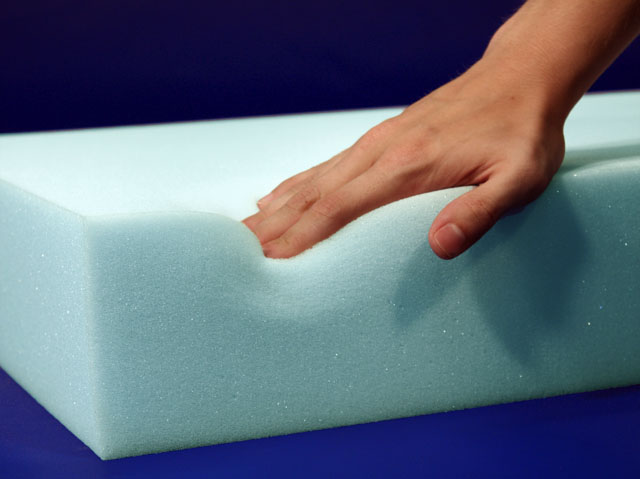
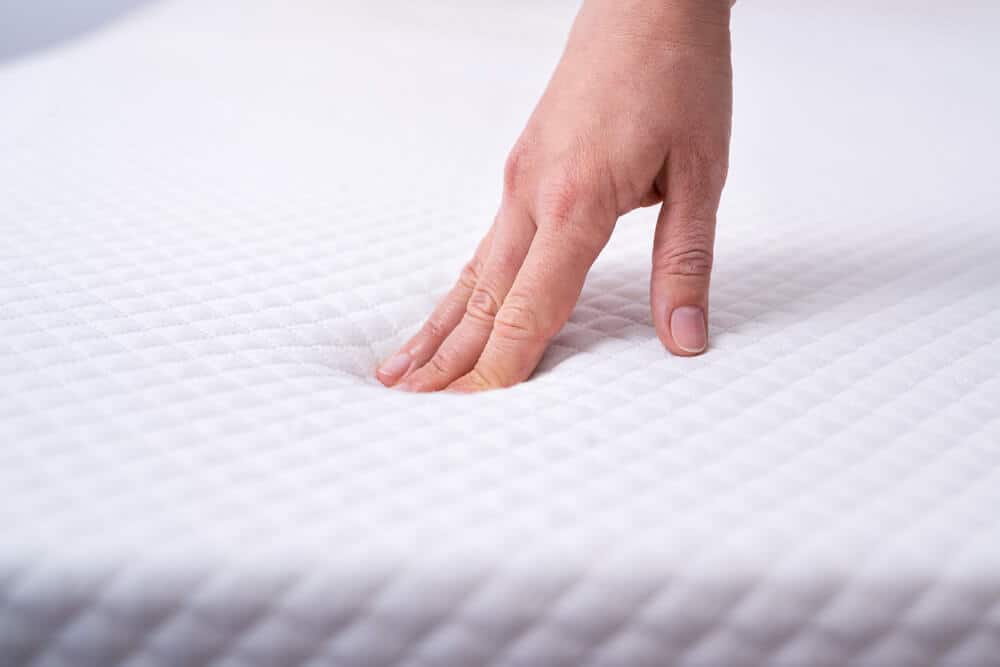

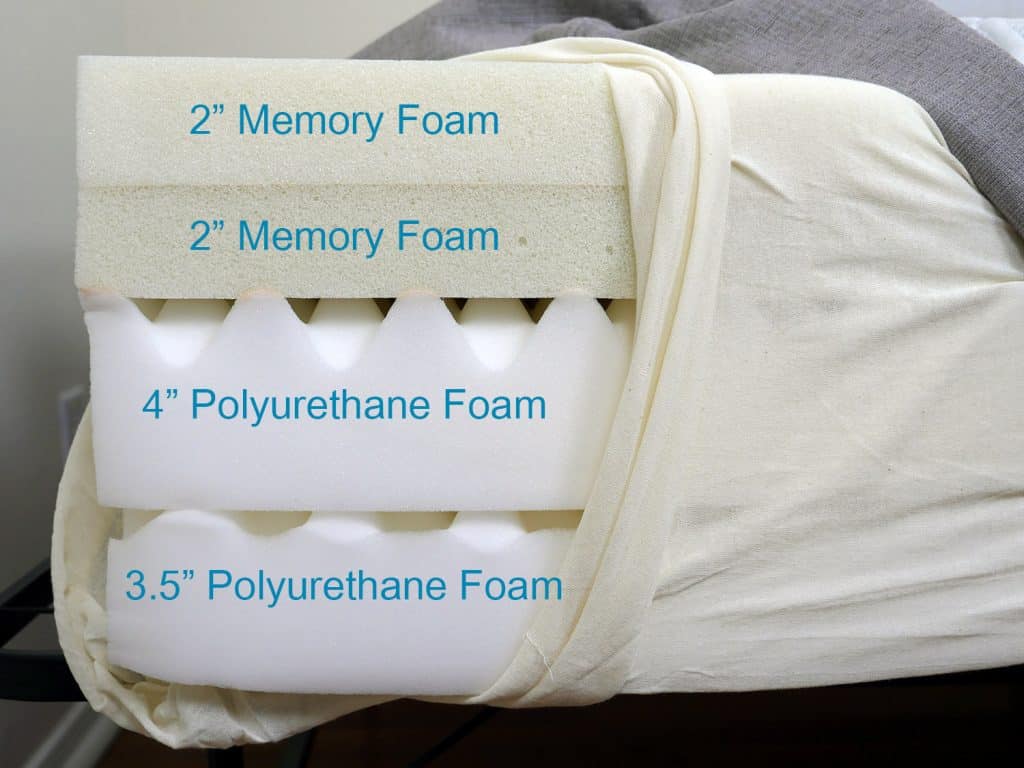


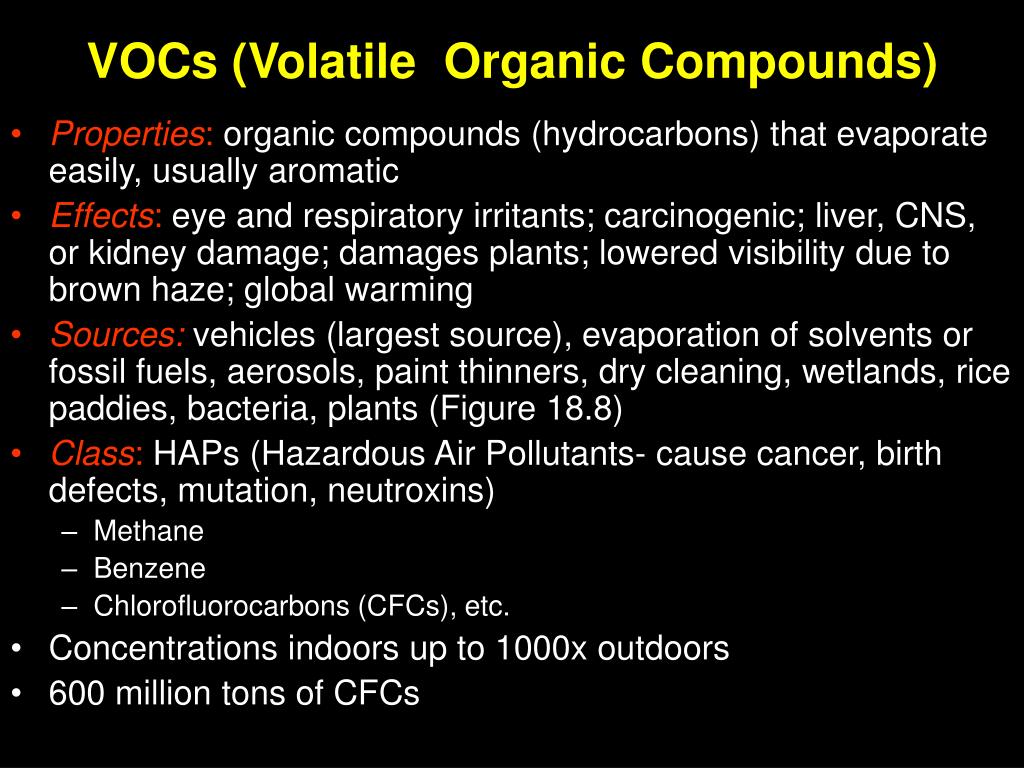
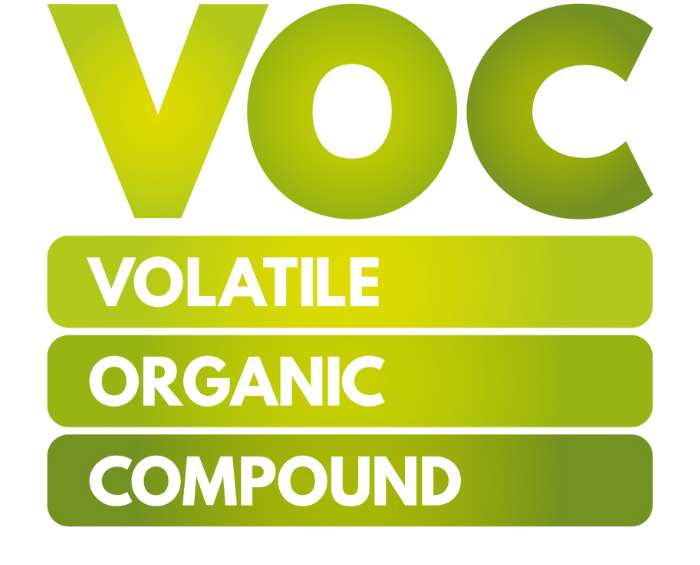



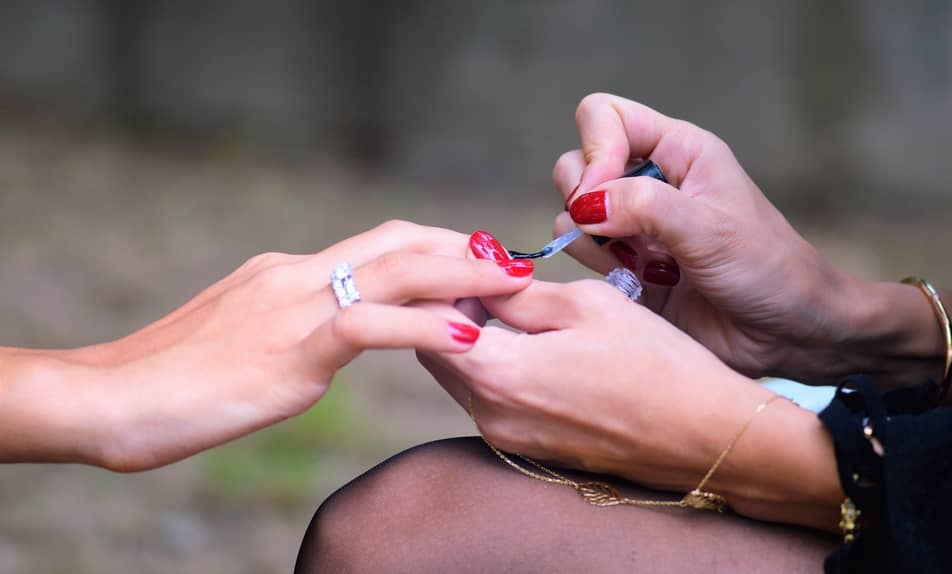
.jpg)
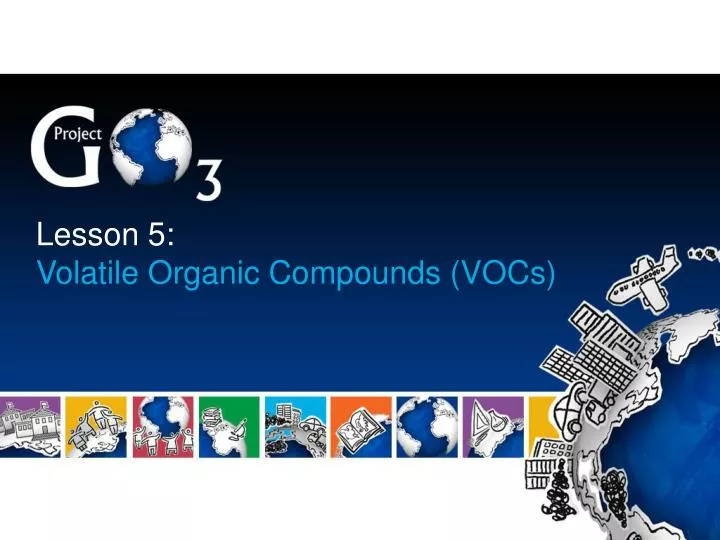






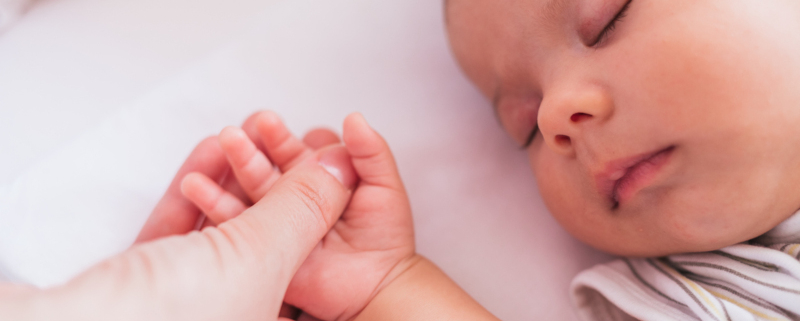




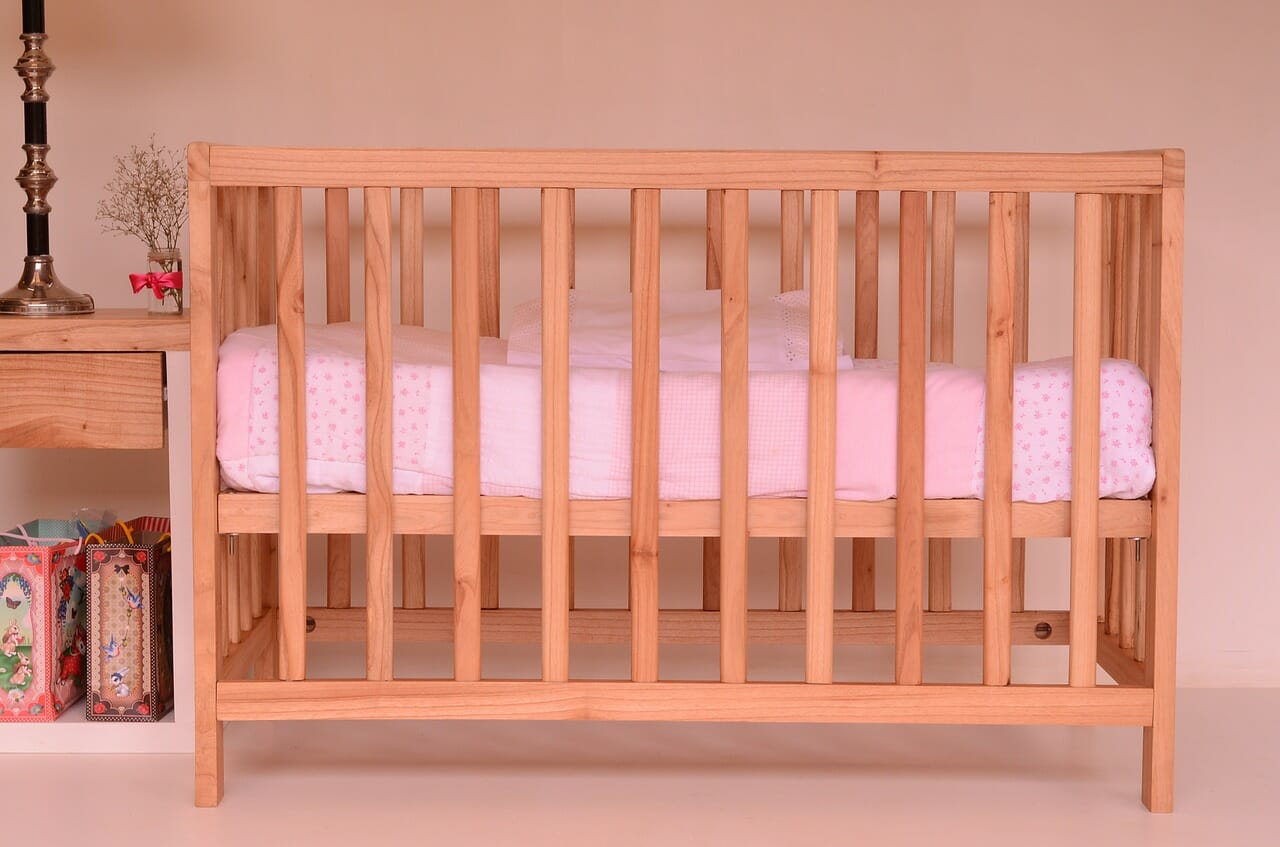





/GettyImages-102357646-5568a9ec50b04f90a594acb93db1b014.jpg)




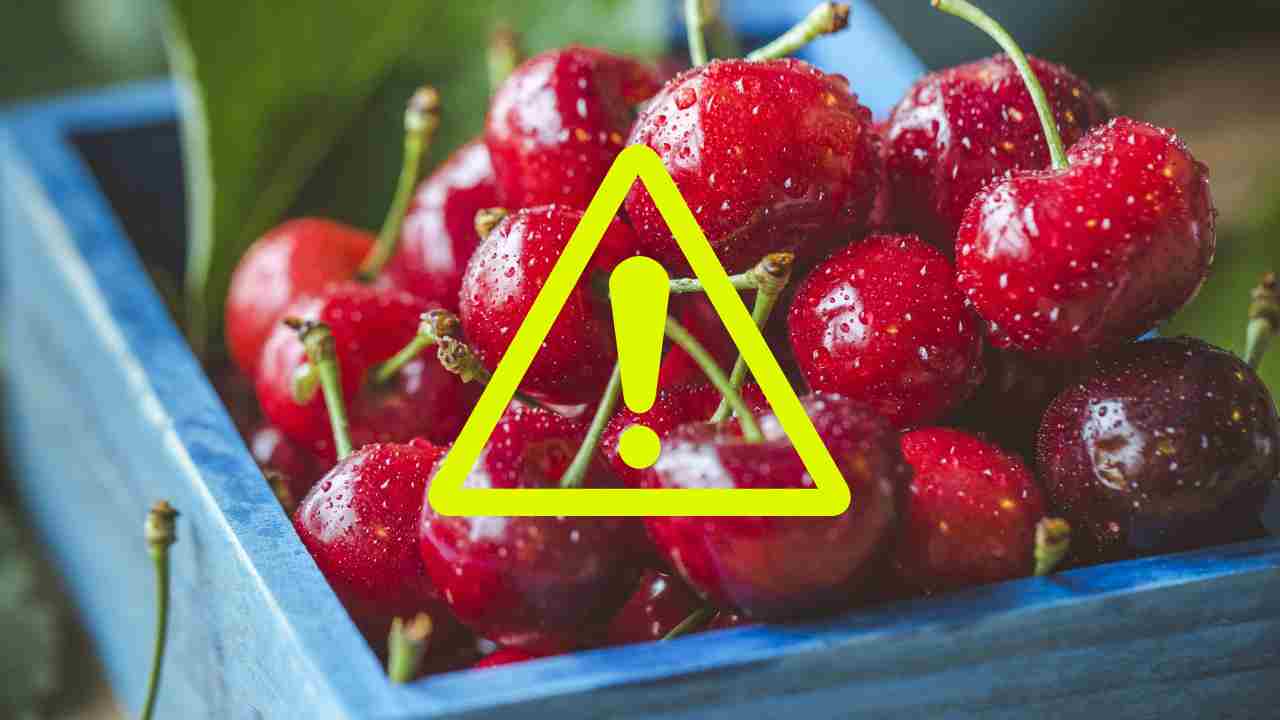






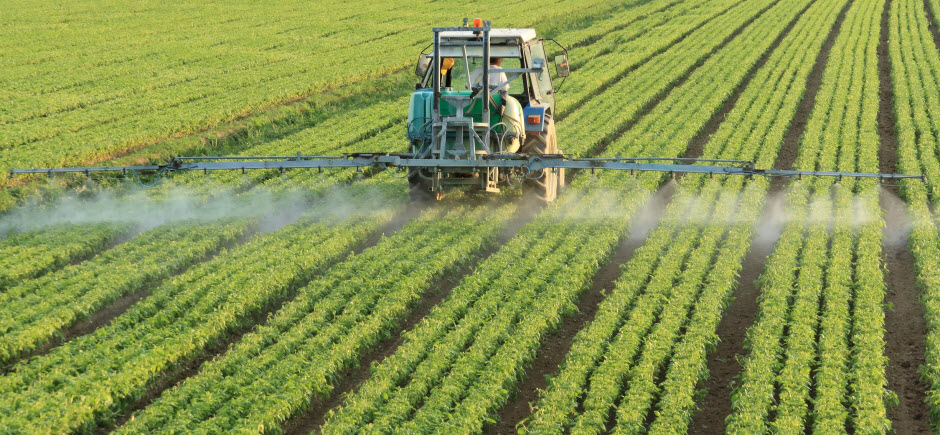



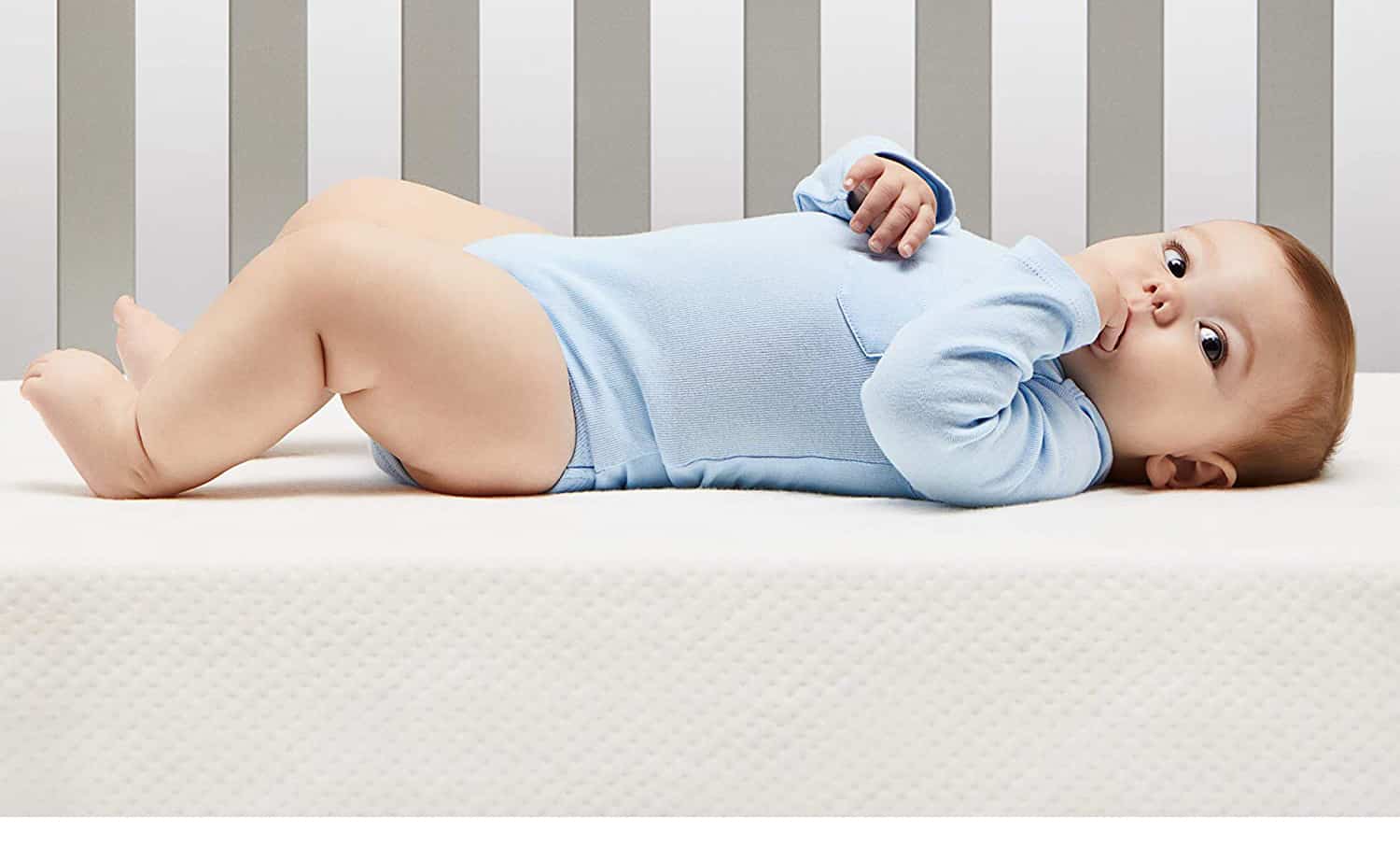

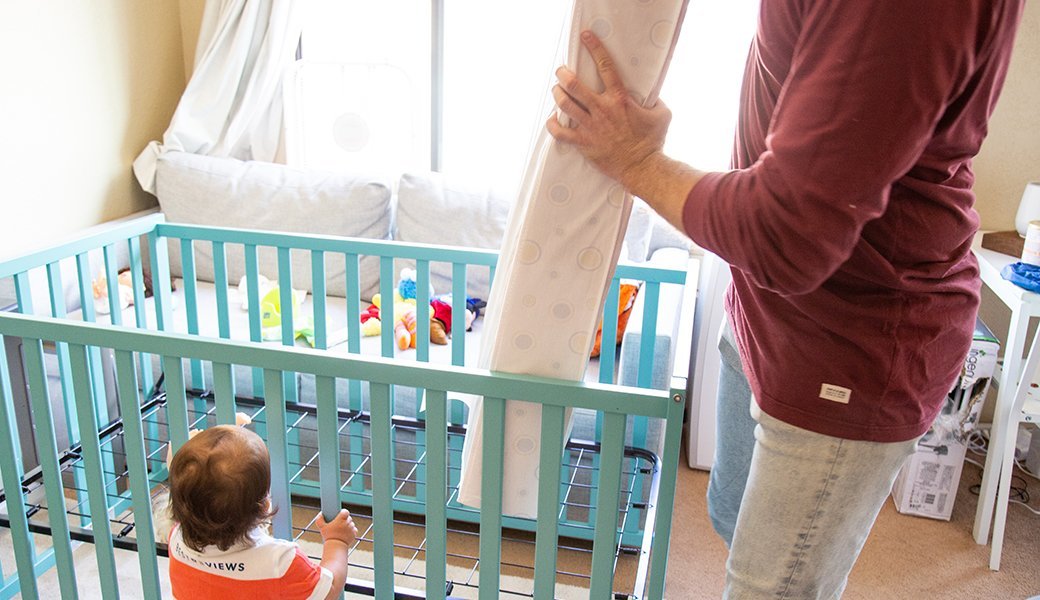




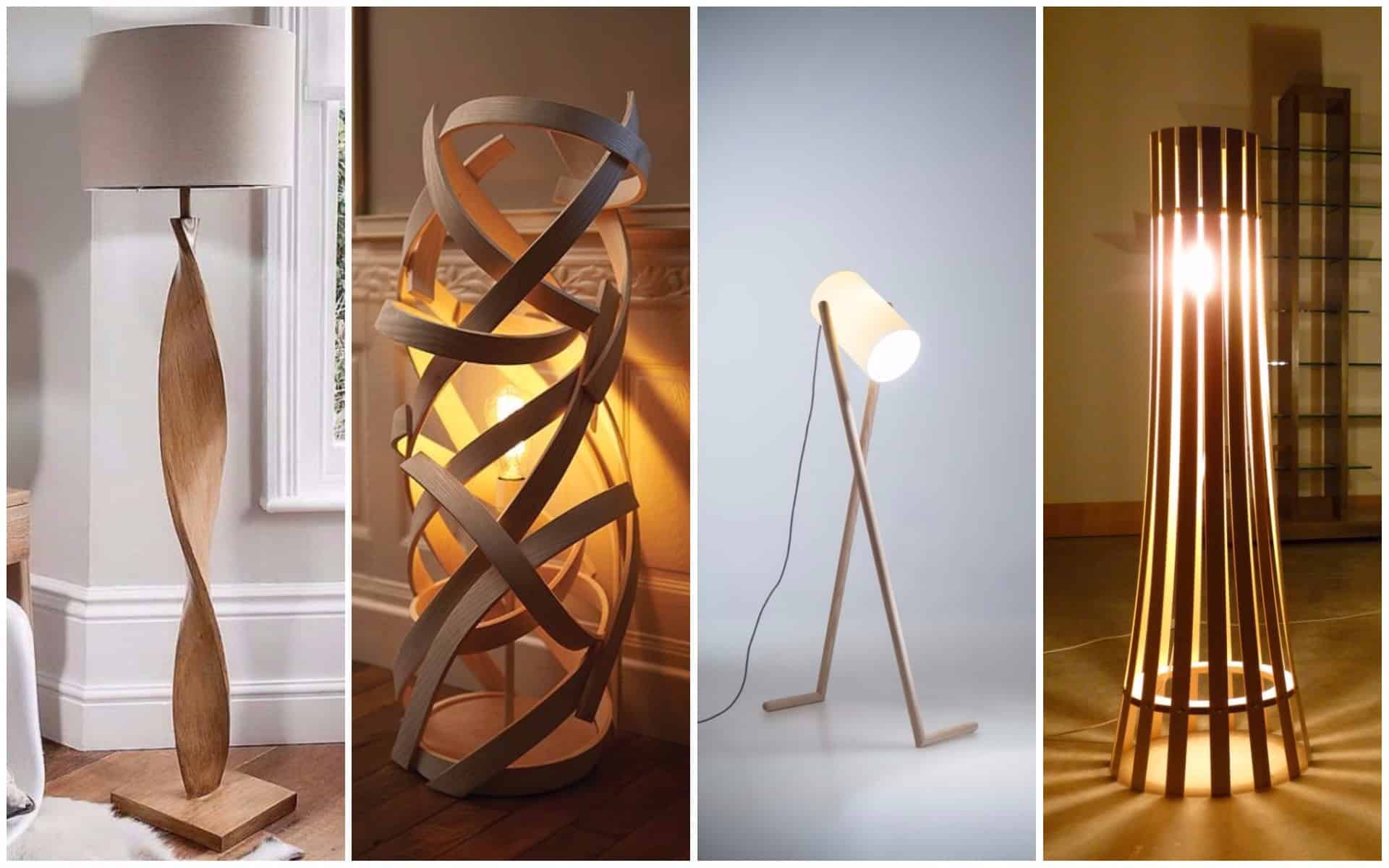
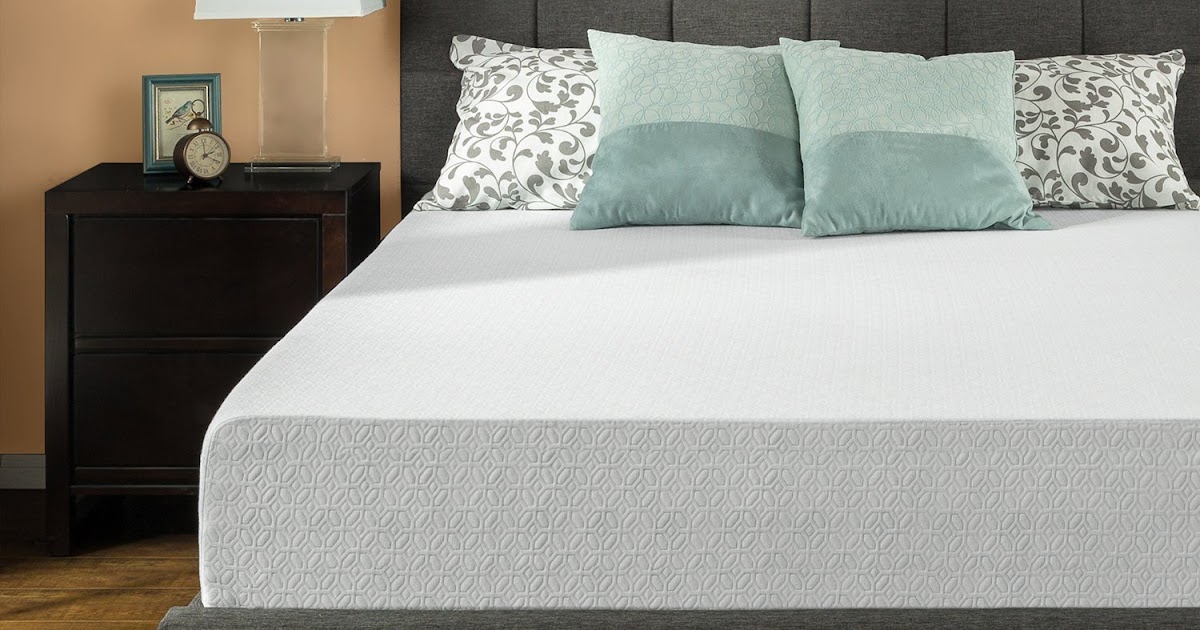
/modern-dining-room-ideas-4147451-hero-d6333998f8b34620adfd4d99ac732586.jpg)

